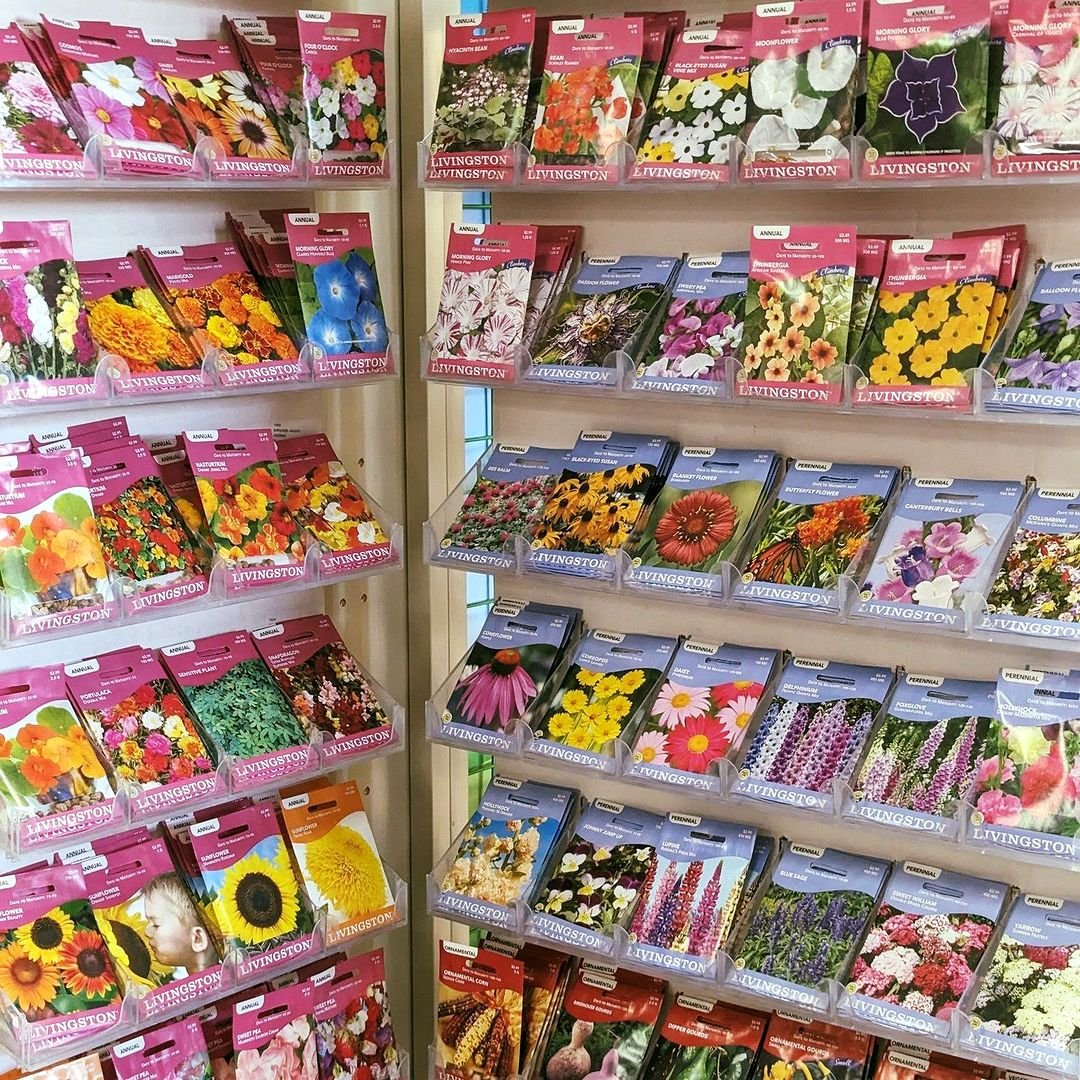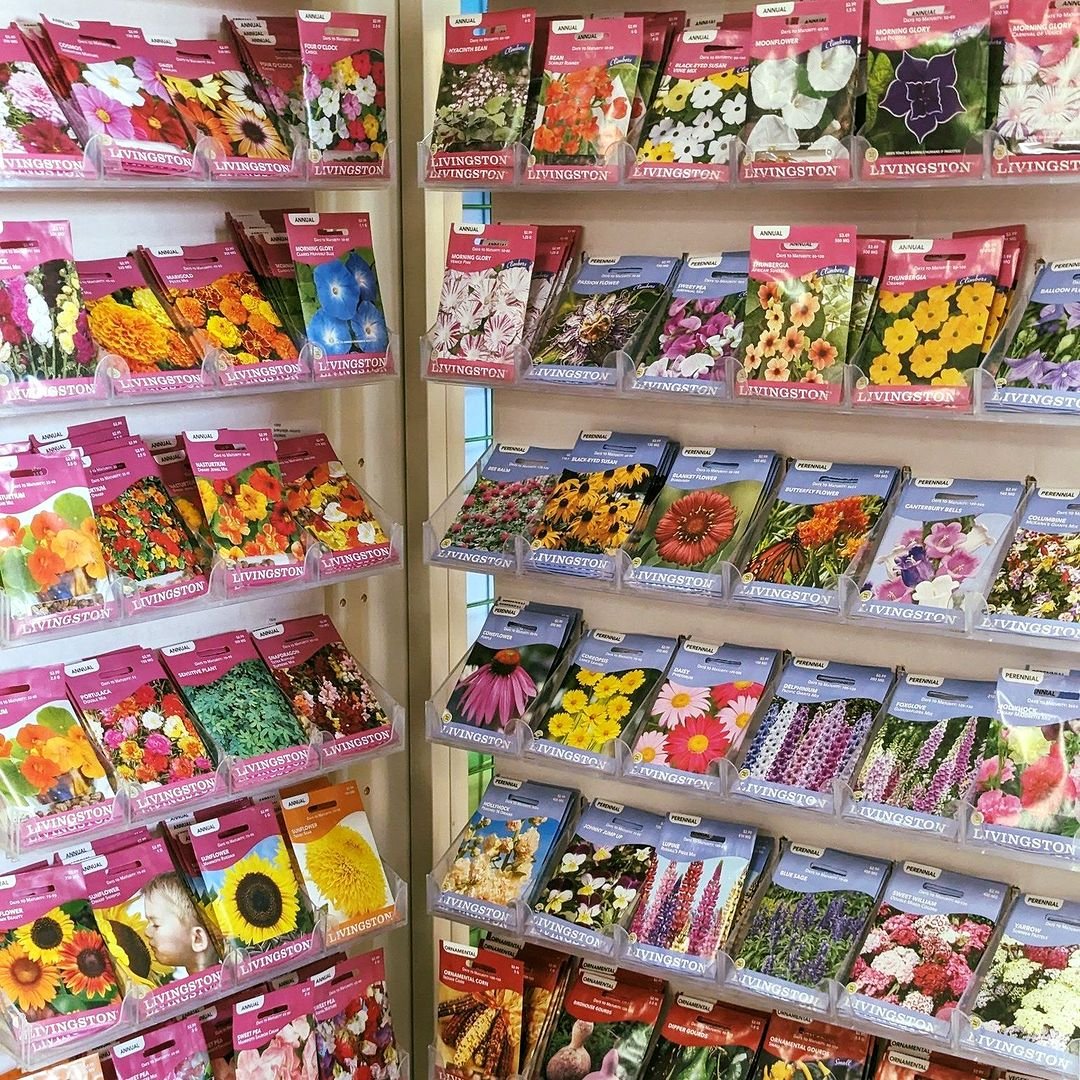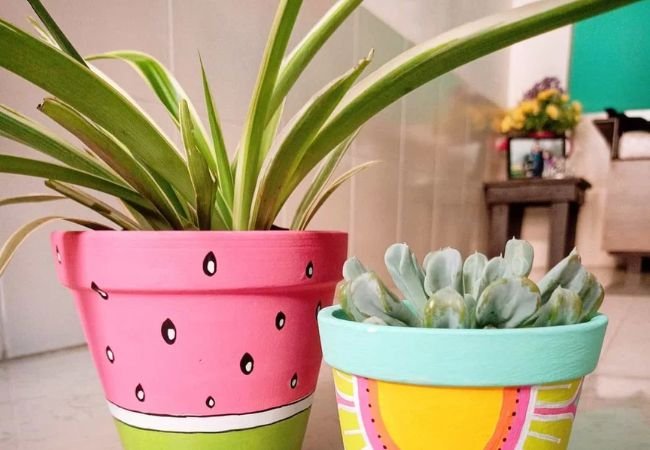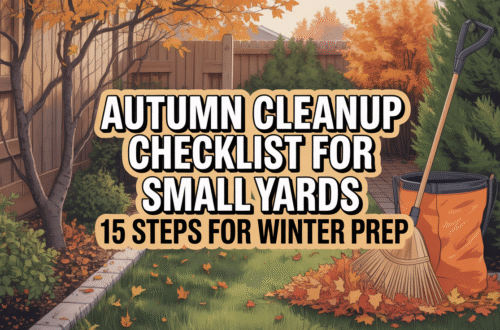Discover the best winter flower seeds for 2025 with my 10-year gardening guide! Learn sowing times, milk jug hacks, and top frost-tolerant blooms for a vibrant cold-season garden.
Hi, I’m Anna Scott, founder of USA Garden Hub, and for the past decade, I’ve turned barren winter gardens into blooming wonderlands. Whether you’re a newbie or a seasoned gardener, this guide will help you master winter sowing with the top flower seeds for 2025, including my favorite milk jug hack that saved my pansies during a surprise frost!
Why Winter Sowing Works (And Why You Should Try It)

Most gardeners hang up their gloves when temperatures drop, but winter sowing is a game-changer. In 2018, I experimented with sowing snapdragons in December—they not only survived but thrived, blooming 3 weeks earlier than my spring-planted batch!
Benefits of Winter Flower Seeds:
- Stronger Plants: Seeds naturally stratify (cold-treat) outdoors, leading to hardy seedlings.
- Lower Costs: No need for grow lights or indoor setups.
- Early Blooms: Get a head start on spring with flowers like violas and calendula.
Step 1: Pick the Best Winter Flower Seeds for Your Zone
Not all seeds handle frost. Use the USDA Plant Hardiness Zone Map to identify your zone, then choose cold-tolerant varieties.
My Top Winter Flower Seeds for 2025:
- Pansies (Zone 5-9): Survive light snow and reward you with cheery blooms.
- Sweet Alyssum (Zone 7-10): Perfect for borders; I’ve grown them in -2°C!
- Calendula (Zone 2-10): Their edible petals brighten winter salads.
- Snapdragons (Zone 7-10): Plant in December for April blooms.
- Violas (Zone 3-8): Thrive in containers—I’ve used old boots as planters!
Pro Tip: For a full list, check out my Winter Sowing Seed List on USA Garden Hub.
Step 2: Nail the Winter Flower Seeds Sowing Time
Timing is everything. Sow too early, and seeds may rot; too late, and they won’t stratify.
Ideal Sowing Windows by Region:
- Northern States (Zones 3-5): Late December to January.
- Central States (Zones 6-7): Mid-December to early January.
- Southern States (Zones 8-10): November to December.
In 2020, I sowed larkspur in November here in Zone 7b (Virginia), and they bloomed by March—right when my neighbors were just starting seedlings!
Step 3: The Milk Jug Method: Winter Sowing Made Easy
Winter sowing in milk jugs is my go-to for protecting seeds from harsh weather. Here’s how I do it:
Supplies Needed:
- Clean milk jugs (cut horizontally, leave a “hinge”)
- Potting mix (I use Espoma Organic from my local nursery)
- Duct tape and a marker
Steps:
- Drill Drainage Holes: Poke 5 holes in the jug’s bottom.
- Add Soil: Fill with 3 inches of moist potting mix.
- Sow Seeds: Follow packet depth (e.g., scatter poppy seeds on the surface).
- Label & Tape: Write the seed name and date on the jug, then tape it shut.
- Place Outside: Set jugs in a sunny spot—no watering needed until spring!
Pro Tip: See my tutorial on Winter Sowing in Milk Jugs for photos of my setup.
Step 4: Protect Seeds from Extreme Cold
Even hardy seeds need TLC during polar vortices. Here’s how I safeguard mine:
- Mulch: Layer straw around jugs or sown beds.
- Cloches: Use DIY cloches from soda bottles (I’ve saved petunias this way!).
- Row Covers: Drape frost cloth over garden beds.
In 2022, a -10°C snap hit my garden. My mulched calendula survived, while my unprotected marigolds didn’t. Lesson learned!
Step 5: Where to Buy Winter Flower Seeds for Sale
Not all seed companies test for cold tolerance. I recommend:
- Johnny’s Selected Seeds : Reliable germination rates.
- Baker Creek Heirloom Seeds : Unique varieties like ‘Arctic Poppy.’
- Local Nurseries: Support small businesses—they often carry zone-specific seeds.
Avoid: Big-box stores; their seeds may be old or improperly stored.
Common Winter Sowing Mistakes (And How to Avoid Them)
1. Overwatering:
Winter soils stay moist. I lost a batch of forget-me-nots to mold by watering weekly—now I let nature handle it.
2. Wrong Seed Choices:
Tropical flowers like zinnias won’t survive. Stick to cold-hardy picks from my Best Flower Seeds for Winter Sowing List.
3. Ignoring Wildlife:
Birds love digging up seeds. I place netting over beds or use jugs as barriers.
FAQs About Winter Flower Seeds
Q: Can I plant flower seeds in December?
A: Absolutely! December is ideal for zones 7-10. Try sweet peas or bachelor’s buttons.
Q: Do winter-sown seeds need light?
A: Yes! Place jugs or trays in full sun—reflected snow light helps germination.
Final Thoughts
Winter sowing is like giving your garden a head start while everyone else is hibernating. In 2025, experiment with my milk jug method or try a new seed like frost-resistant stock. Got questions? Drop a comment below !
About Anna Scott: With 10 years of winter gardening experience, Anna has transformed urban balconies and backyard plots into year-round blooms. Follow her on Instagram for daily tips!





